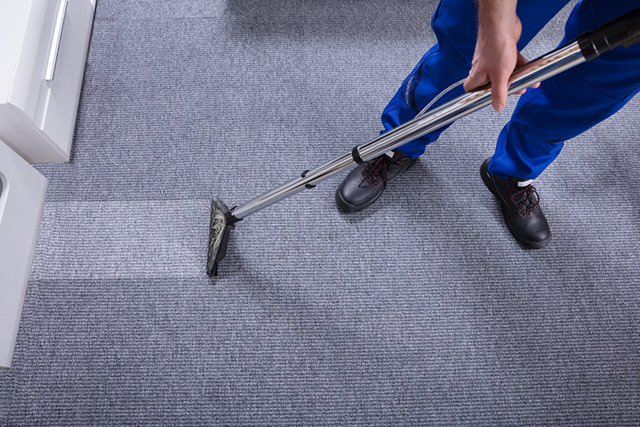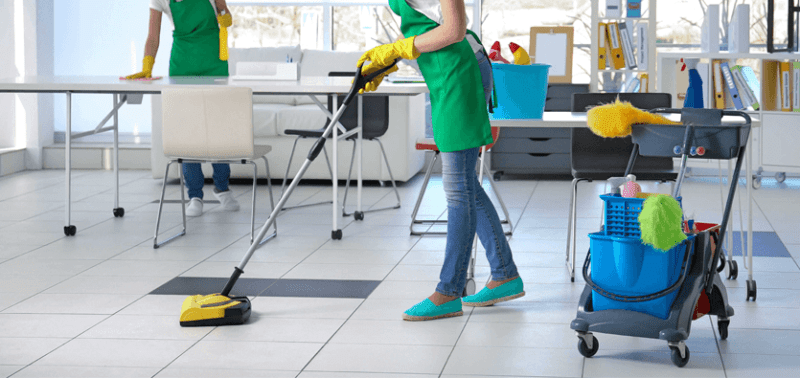How To Clean Fly Screens

Are you looking for effective methods on how to clean fly screens? Cleaning fly screens can seem daunting at first. Many of us face challenges like dealing with delicate mesh that’s easily damaged, reaching screens on high windows or simply not knowing the best cleaning methods to use. Whether it’s a fixed fly screen door or removable window screens, the process requires a careful approach to avoid tears or warping.
In this guide, we’ll navigate through the process of how to clean fly screen mesh and doors effectively, ensuring that your screens are not just clean but also remain in good condition. By the end, you’ll be equipped with all the knowledge needed to tackle this task with confidence and ease.
Why is cleaning fly screens important?
Fly screens are essential for letting in fresh air while keeping out unwanted insects and debris. However, over time, they can accumulate dust, pollen and grime, diminishing their effectiveness and appearance. This not only obstructs the view but can also impact the quality of air entering your home.
If you don’t maintain a clean fly screen, you may soon face several problems:
- Dirt and grime buildup can obscure and darken the screens, leading to obstructed views of the outdoors. This can detract from the enjoyment of your natural surroundings.
- A dirty fly screen is less effective at keeping insects out. Holes and tears, which can result from accumulated dirt weakening the mesh, provide easy access for pests.
- Accumulated dirt can block natural light, making your rooms appear darker and necessitating the use of artificial lighting, which can increase energy costs.
- Dirty screens are a haven for mould, mildew and bacteria, especially if they become damp. This can pose health risks, especially to those with allergies or respiratory problems.
- Clogged screens restrict airflow, leading to poor indoor air quality. This can result in a stuffy and uncomfortable indoor environment.
A step-by-step guide on how to clean fly screens
To effectively clean fly screens, a methodical approach and the right equipment are essential. Here’s a list of equipment you’ll need, as well as several steps to ensure your screens are thoroughly cleaned and maintained.
Equipment for cleaning fly screens
- Soft brush or vacuum cleaner with a brush attachment
- Bucket
- Mild dish soap
- Warm water
- Sponge or soft cloth
- Garden hose (optional, for outdoor rinsing)
- Microfibre cloth or soft towel
- White vinegar (optional, for tougher stains)
- Remove the screens from windows or doors if possible. This allows for a more thorough cleaning and prevents water damage to surrounding areas. When removing screens for cleaning, do so gently to avoid bending the frame or tearing the mesh.
- Lay the screens flat on a clean surface or hold them upright.
- Gently brush or vacuum the screens to remove loose dirt, dust and cobwebs. This step prevents scratching the mesh with abrasive particles during washing.
- Mix a few drops of mild dish soap in a bucket of warm water. For tougher stains, add a cup of white vinegar to the solution.
- Dip your sponge or soft cloth in the soapy water and gently wipe down both sides of the screen. Avoid pressing too hard to prevent stretching or tearing the mesh.
- Rinse the screens with a garden hose on a gentle setting or in the shower.
- Ensure that all soap residues are thoroughly washed off as they can leave streaks and attract more dirt.
- Allow the screens to air dry completely before reinstalling. You can also gently pat them dry with a microfibre cloth or soft towel to avoid water spots.
- Once dry, carefully reinstall the screens. Ensure they are fitted correctly to prevent gaps that bugs can enter through. Incorrect installation can lead to damage and reduce the effectiveness of the screen.
Tips on how to clean fly screen doors safely
Here are some safety tips to keep in mind when cleaning fly screens, especially when dealing with fly screen doors and fly screen mesh in higher areas:
- Before attempting to remove any fly screens, assess how they are attached. Different screens have different mechanisms, such as clips, screws or sliding tracks.
- If tools are needed, like a screwdriver, use the correct size and type to avoid damaging the screen or the frame.
- Handle the screens gently. Fly screen mesh can be delicate and prone to tearing.
- When removing larger screens, ensure you have adequate support to prevent the screen from bending or falling.
- Use gloves to protect your hands from sharp edges on the fly screen frame or mesh.
- Be aware of any obstacles or hazards around you, such as furniture, garden tools or children playing.
Following these safety tips will help ensure a smooth and safe process when cleaning your fly screens, keeping them in prime condition for better airflow and visibility.
Maintenance tips for a clean fly screen
Maintaining your fly screens is key to ensuring their longevity and effectiveness. Here are some useful tips for regular maintenance and for addressing common issues like stubborn stains or repairs:
- To prevent the accumulation of dirt and grime, regularly dust off your fly screens with a soft brush or use a vacuum cleaner with a brush attachment.
- Every few months, or whenever you notice a buildup of dirt, gently wash the screens with a mild soap solution. This can help prevent stubborn stains from forming.
- Periodically inspect your fly screens for any signs of wear or damage, such as tears or holes. Small tears or holes can often be repaired with screen patches or adhesives designed for screen repair. Larger damage might require professional help or screen replacement.
- Keep bushes and trees trimmed back from screens to prevent natural debris from accumulating.
- Be mindful of placing objects against the screens, as this can cause sagging or tearing over time.
Signs that it may be time to replace your fly screen
Even with your best cleaning efforts, you may need to replace your fly screen if it’s showing signs of wear and tear. Here are some key things to look out for that indicate it might be time for a replacement:
- The most obvious sign is the presence of tears or holes in the mesh. Even small damages can compromise the screen’s ability to keep insects out and can quickly lead to larger issues.
- If the frame of the fly screen is bent or warped, it may not fit properly in its place. This can lead to gaps through which bugs can enter.
- If your fly screen doors or windows are consistently difficult to open or close, the screen may be misaligned or damaged. Regular wear and tear can cause this issue, indicating a need for replacement.
- Over time, the mesh can become faded or brittle, particularly if it’s exposed to harsh sunlight or extreme weather conditions. If you notice the mesh is no longer as robust as it once was, or if it starts to crumble, it’s time to consider a replacement.
- If you’ve repeatedly repaired your screen but still encounter issues like small tears or sagging, it might be more cost-effective in the long run to replace it. Sometimes, repeated cleaning and repairing can further weaken an already fragile screen.
- Over time, screens can become so clogged with dirt and grime that even cleaning fly screens regularly doesn’t restore their transparency or effectiveness in allowing airflow.
Keeping your fly screens clean not only enhances your home’s appearance but also contributes to their longevity and functionality. With these detailed steps and safety tips on how to clean fly screens, you can easily maintain clean fly screens throughout the year.
Call Jim’s Cleaning for all your home and office cleaning needs
If you’re looking for comprehensive home and office cleaning solutions for a bug-free home, Jim’s Cleaning is just a click away. Whether you need home cleaning services, office cleaning services or any other cleaning assistance, our team of fully insured experts is ready to help. Don’t hesitate to request a free quote, and let us take the hassle out of cleaning fly screens. With Jim’s Cleaning, your satisfaction is our guarantee!



